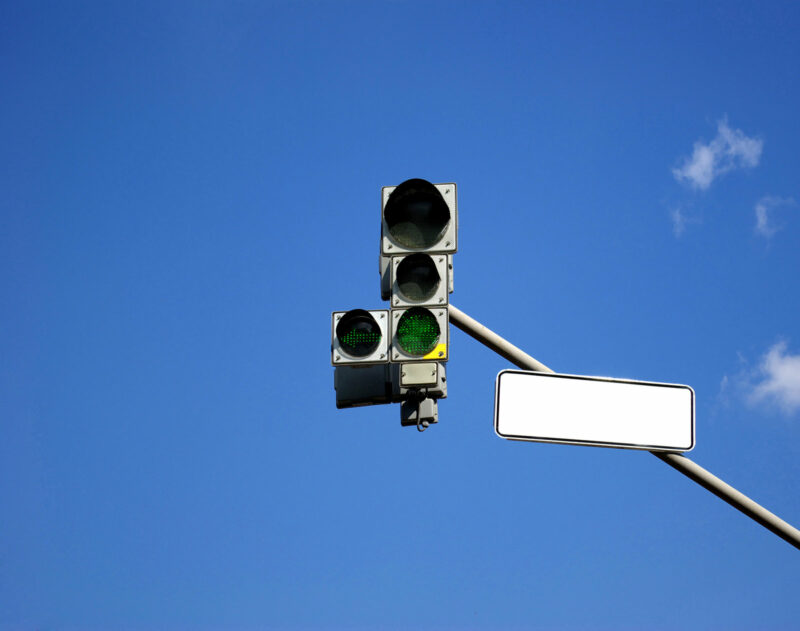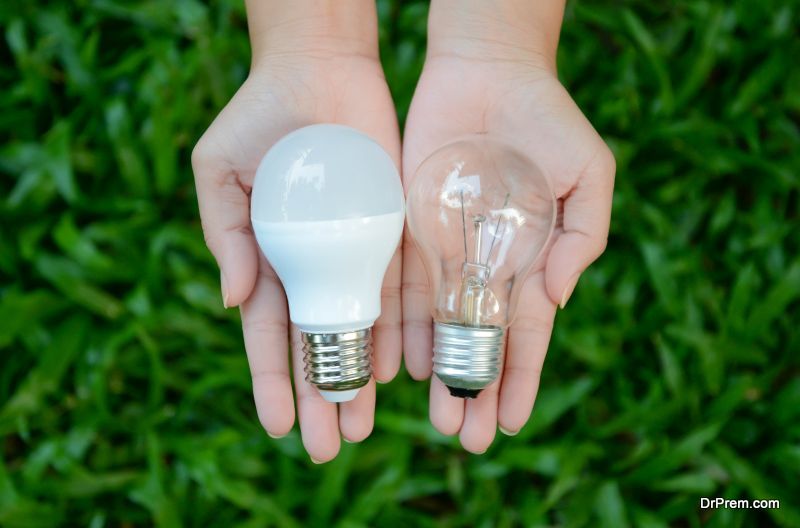
Sustainable Solutions for Urban Area
Have you ever taken a moment to think about the streetlights that guide your way home at night? Probably not, right? They’re just there, a part of the cityscape we often take for granted. But what if I told you those simple lights are at the heart of a quiet revolution happening in cities all over the world? It’s true; public lighting is evolving, and the future looks bright, in more ways than one.
Let’s dive into what’s changing and why it matters, especially if you care about the environment, and energy costs, or just want your city to look a little cooler at night.
Where We Are Now: The Old and the Tired
First, let’s talk about the current state of public lighting. You know those orange-yellow streetlights that have been around forever? They’re part of a system that’s, well, showing its age. These older lighting systems are energy hogs, racking up huge bills for cities. And let’s not forget the environmental impact—traditional streetlights contribute to light pollution and carbon emissions. In short, they’re not exactly eco-friendly.
On top of that, many cities are dealing with aging infrastructure. Keeping these lights running is expensive, and they’re often not as reliable as they used to be. So, the big question is: How do we move forward?
Enter the Future: New Tech, New Light
That’s where sustainable lighting solutions come into play. Imagine your city streets lit up with crisp, white LED lights instead of those tired old yellow bulbs. LEDs are like the superheroes of the lighting world—they use way less energy, last much longer, and require a lot less maintenance. Some cities have already made the switch to energy-efficient street lights, and the results are impressive. Energy costs drop, the environment wins, and the streets just look better. Energy costs drop, the environment wins, and the streets just look better.
But we’re not stopping there. Solar-powered streetlights are starting to pop up in urban areas, too. These lights are totally off the grid, using solar panels to charge up during the day so they can shine all night. They’re perfect for cities looking to cut energy costs and reduce their carbon footprint. Plus, they can be installed on durable street lamp poles just about anywhere, making them a great option for both urban centers and more remote areas.
Smart Cities Need Smart Lights
Now, let’s talk about smart lighting. You’ve probably heard about smart homes, but did you know that cities are getting smart too? With smart lighting systems, streetlights aren’t just on or off they can adapt to what’s happening around them. Sensors detect when someone’s walking by or when a car’s approaching, and the lights adjust accordingly.
These systems aren’t just energy-efficient; they’re also safer. Imagine walking down a street that’s perfectly lit up only when you need it, and dimmed when you don’t. It’s not science fiction; it’s happening in cities around the world right now. And the best part? It saves cities even more money while making them safer places to live.
Lighting Up the City, Beautifully
But sustainability isn’t just about energy efficiency. It’s also about making our cities more beautiful and livable. Public lighting plays a huge role in how a city looks and feels at night. Today’s urban planners are thinking creatively, blending sustainable lighting with stunning designs that enhance a city’s character.
Ever walked through a park where the lights seem to be part of the landscape, elegantly perched on street lamp poles that complement the surroundings? Or down a street where the lighting highlights the architecture in just the right way? That’s sustainable design in action. And it’s not just about looking good—these designs often use less energy and create less light pollution, making them a win-win.
What’s Next? Planning for a Brighter Future
So, where do we go from here? The future of public lighting is bright, but it’s not something that will happen overnight. Governments and city planners need to set ambitious targets and provide the funding and support necessary to make these changes. But it’s not just up to them. Communities have a role to play too. By getting involved and understanding the benefits of sustainable lighting, residents can push for the changes that make their cities better places to live.
There are challenges, of course nothing worth doing is ever easy. The upfront costs of new technology can be high, and upgrading old infrastructure takes time and effort. But when you weigh those costs against the long-term savings and environmental benefits, the choice is clear.
Conclusion: A Brighter, Greener Tomorrow
In the end, the future of public lighting isn’t just about technology. It’s about creating cities that are safer, more sustainable, and more beautiful. It’s about thinking long-term and making smart choices that benefit everyone.
So next time you’re out for an evening stroll, take a look at the streetlights above you. They might just be lighting the way to a greener, brighter future.
Ready to see your city shine? It’s time to start asking the right questions and pushing for sustainable solutions that will light up our world for generations to come.
Article by Community Writer.
creditSource link





